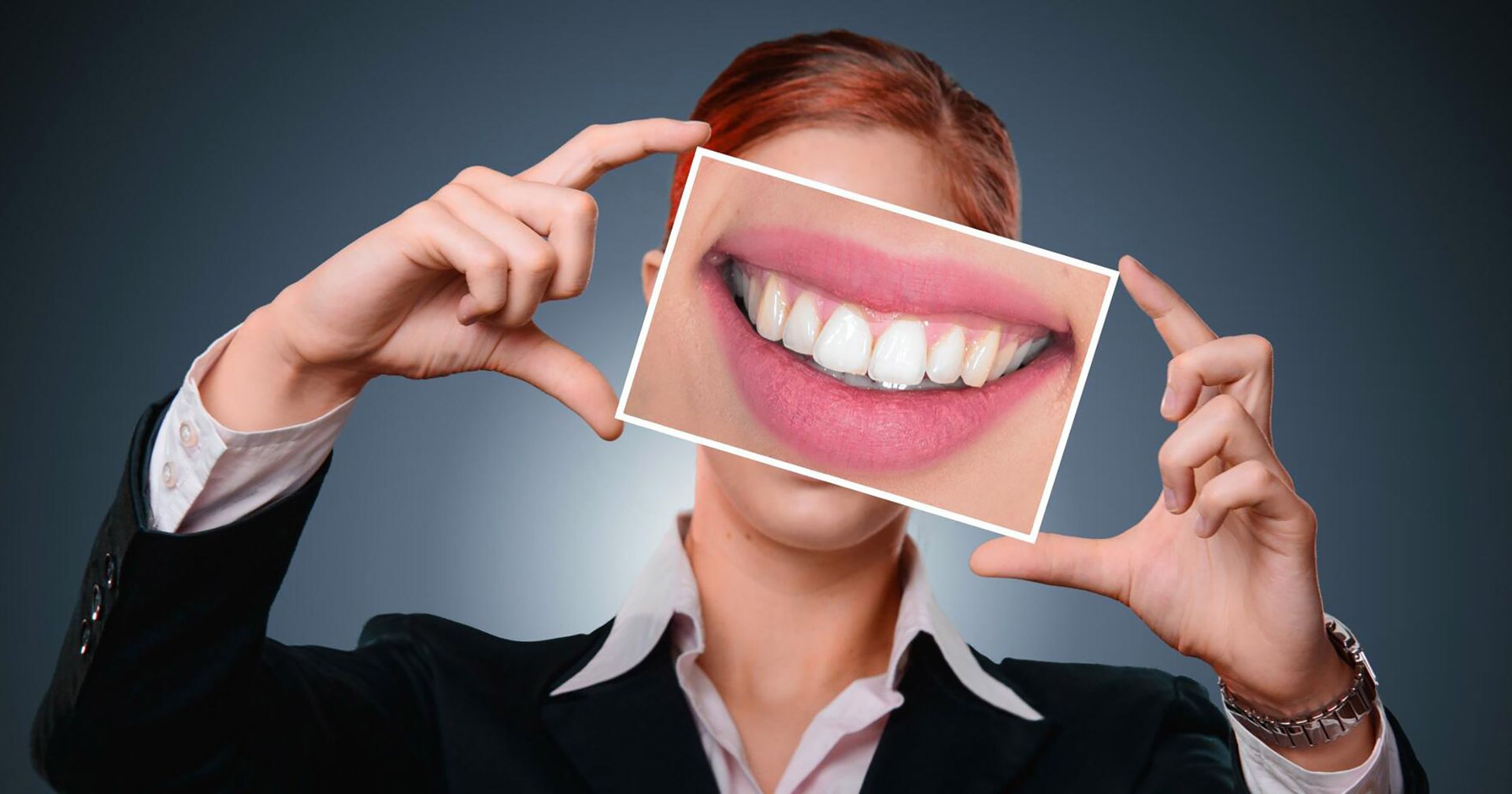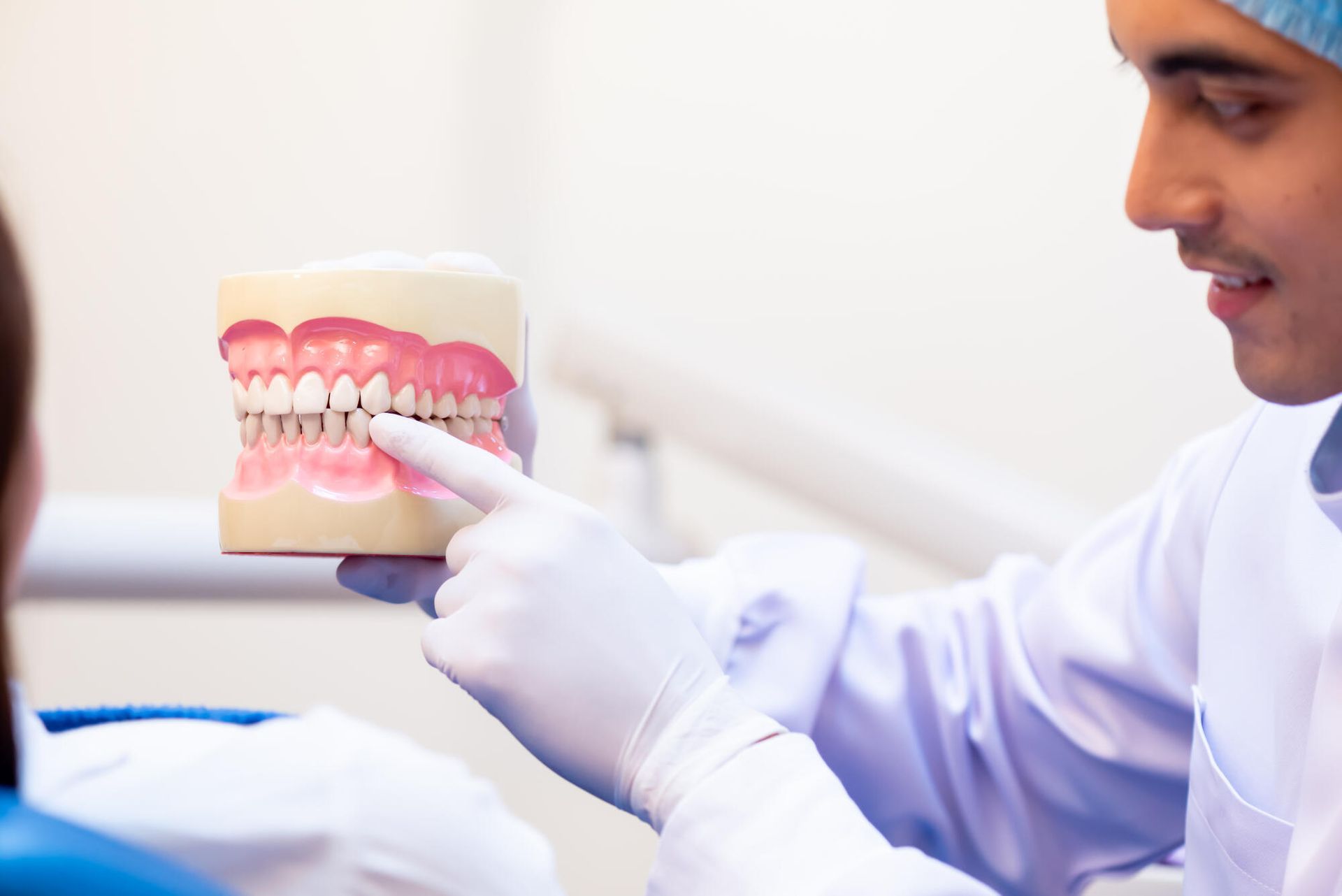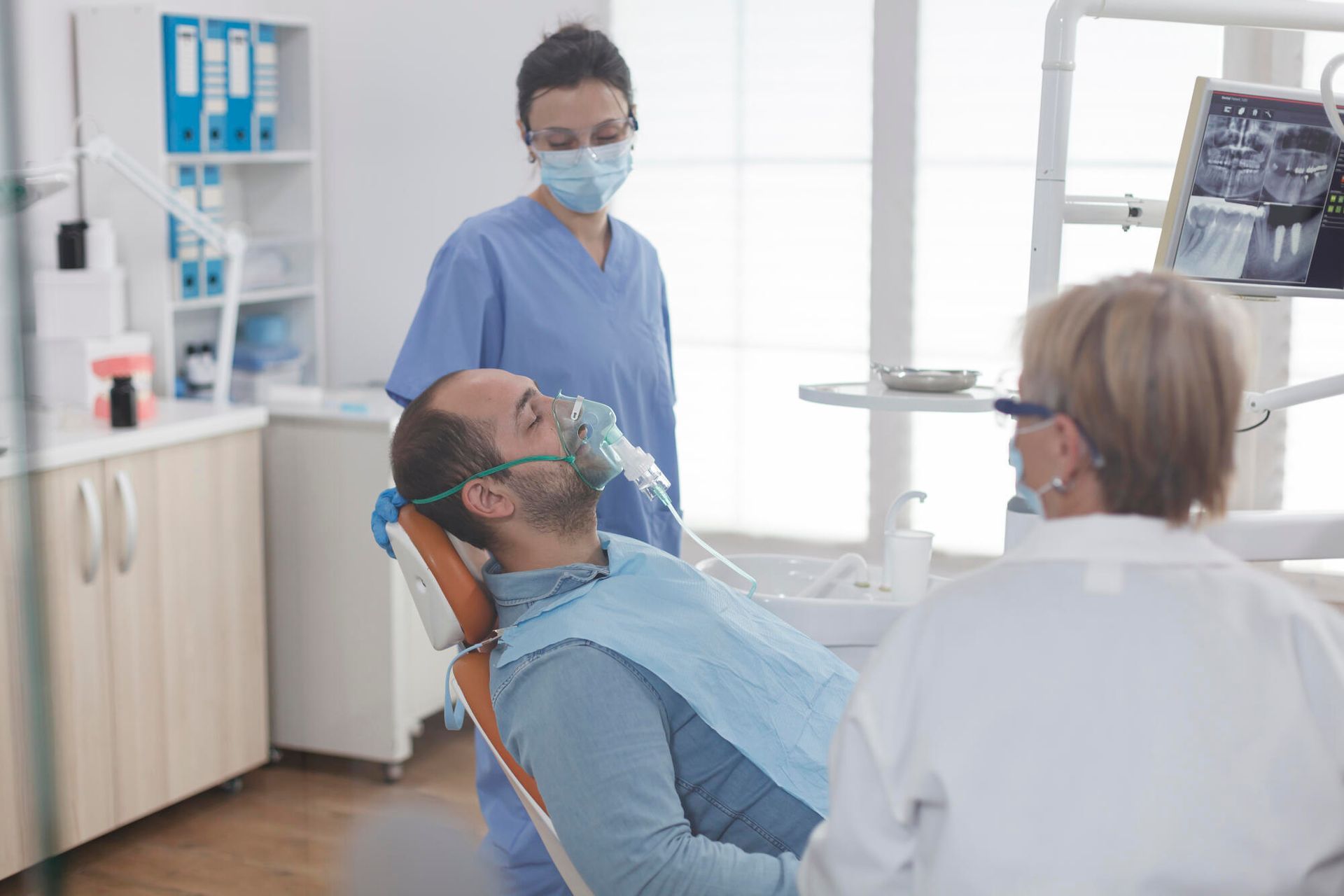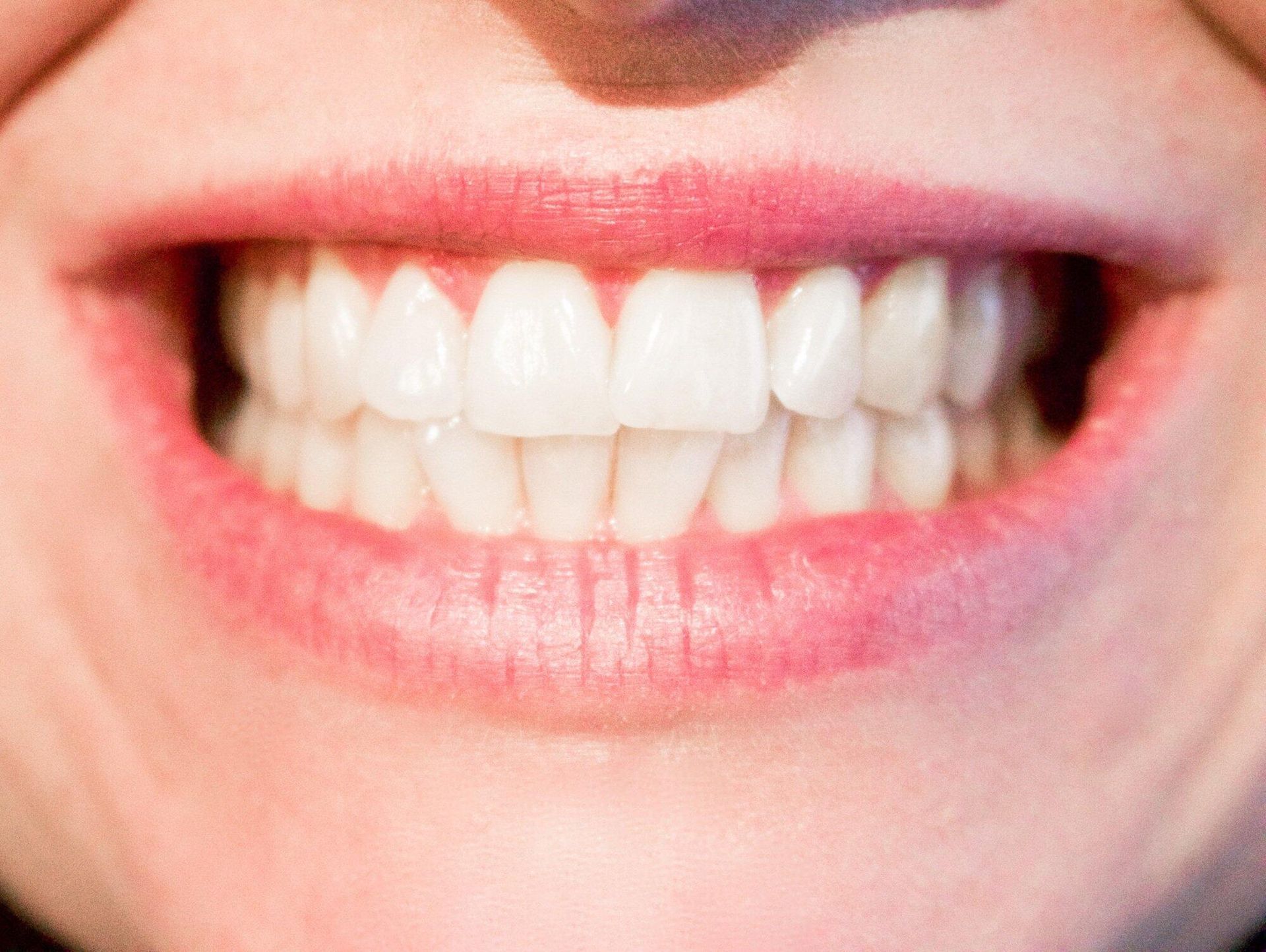Breaking Down the Different Types of Periodontal Treatments and Their Benefits
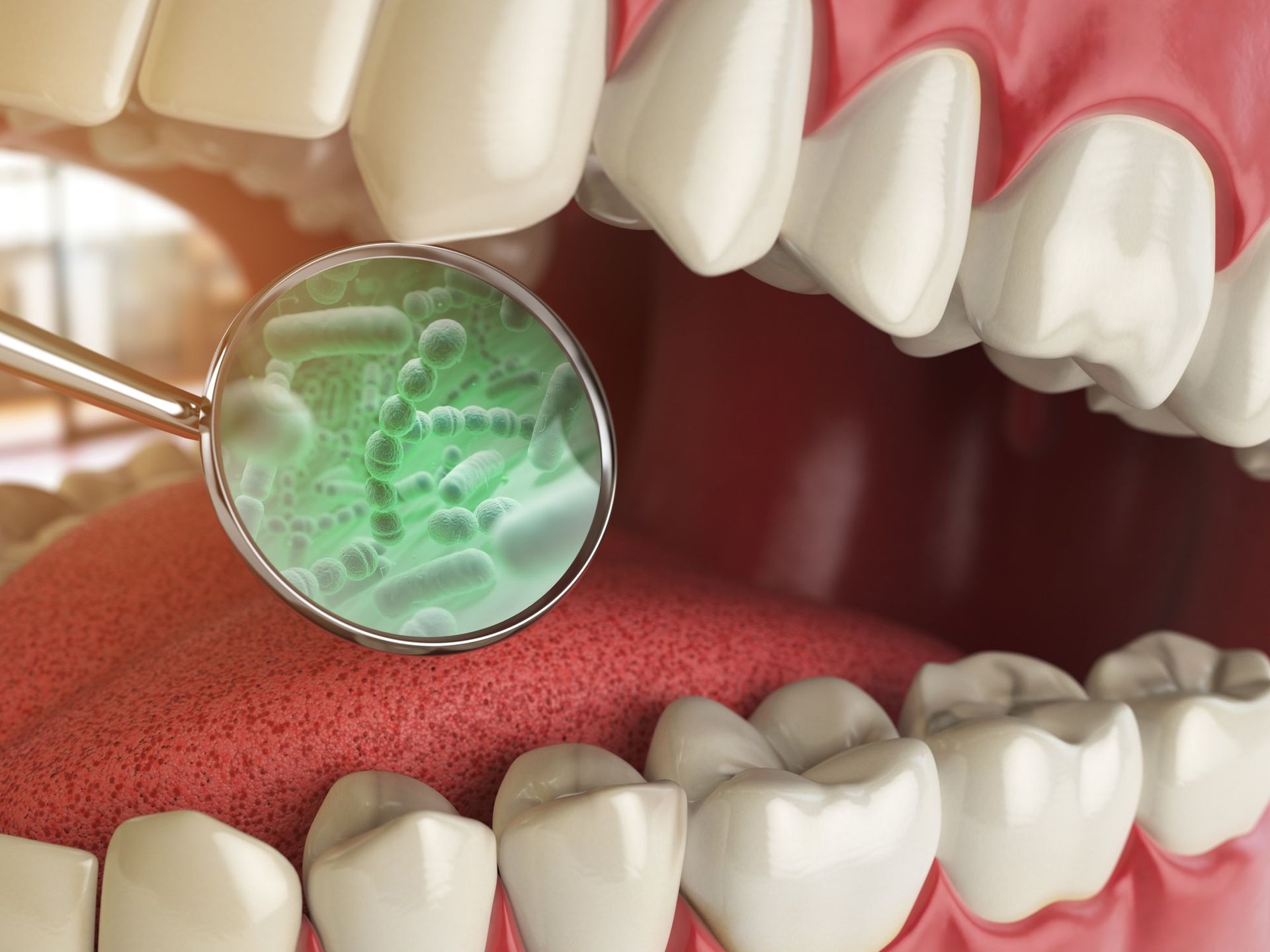
Are you trying to determine the best periodontal treatment for you? Discover the different types of periodontal treatments and their benefits in this guide.
Do your gums bleed, feel tender, or look swollen? These are all common periodontal disease symptoms that indicate you need treatment. Delaying treatment can cause your gums to pull away from your teeth, leading your teeth to fall out!
Before that happens, explore the different periodontal treatments available. With periodontics in
Bixby, OK, you can protect your smile before there are complications. Read on to learn more!
Periodontal Disease Symptoms
Periodontitis is an infection of the gums. It can develop when bacteria have the chance to accumulate on your gums and teeth. Brushing twice a day and flossing daily can lower your risk.
Some factors can increase your risk, including poor nutrition, genetics, obesity, smoking, and type 2 diabetes. Medications that reduce the flow of saliva in your mouth or conditions that affect your immune system can put you at risk. Women experiencing hormonal changes (due to pregnancy, menopause, or menstruation) are at increased risk.
As periodontal disease symptoms progress, your teeth and bones will sustain damage. It's important to seek treatment right away. Periodontal disease will only get worse with time.
Common periodontal disease symptoms include:
- Gums that bleed when you brush or floss
- Receding gums
- Pain when chewing
- Inflammatory response throughout the body
- Foul taste in your mouth
- Tooth loss
- Build up of plaque or tartar on your teeth
- Swollen, tender, or red gums
- Changes in the position of your teeth
- Loose teeth
- Bad breath
You may not notice these symptoms while gum disease is in its early stages. Schedule routine dental appointments with your Bixby dentist. Routine check-ups will allow your dentist to assess your oral health.
They may recognize you're in the beginning stages of periodontal disease before you do. They'll ensure you begin the proper course of treatment.
Without treatment, your risk of respiratory disease, diabetes, stroke, and heart disease can increase. You could develop painful abscesses.
Your teeth may migrate, which could interfere with your ability to chew. As your gums recede, they'll expose the roots of your teeth. Your teeth could loosen, fall out, or require extraction.
Stages of Periodontal Disease
If you experience periodontal disease symptoms, visit your Bixby dentist. They'll assess your teeth and gums. During the exam, they'll check your gum pockets for dental plaque deposits and blood.
Periodontal disease and tooth decay are the two biggest threats to your oral health. Over 47% of adults ages 30 and up have some form of periodontal disease.
Prevalence increases with age. Over 70% of adults ages 65 and up have periodontal disease.
A visual exam will determine how your periodontal disease has progressed. Each stage requires a different form of treatment. Here are the four stages of periodontal disease.
Gingivitis
Gingivitis is the earliest stage of gum disease. During this stage, the disease hasn't impacted your bones.
Gum disease is reversible at this stage, which is why it's important to seek immediate treatment. Your dentist may recommend periodontal therapy to remove bacteria from your gums. They'll have you follow an oral hygiene regimen to help you avoid further damage.
Slight Periodontal Disease
At this stage, bacteria have started to damage your bones. The bacteria will continue to evolve and become more aggressive. Without treatment, you could experience bone loss.
Moderate Periodontal Disease
At this stage, gum disease is not reversible. Bacteria can travel through your bloodstream and attack your immune system. Visit your dentist right away before the disease progresses.
Advanced Periodontal Disease
Reaching stage four of gum disease increases your risk of bone loss. Your gums could ooze pus at this stage. You'll likely need more extensive treatment.
Periodontal Treatments
Request periodontics in Bixby, OK before your periodontal disease progresses. Your dentist will determine which treatment option best suits your needs. If the disease has progressed, you may need to schedule periodontal surgery instead.
Antibiotics and Prescription Mouthwash
If you've already developed gum disease, prescription mouthwash could control the growth of new bacteria. This type of mouthwash will contain hexetidine or chlorhexidine as the active ingredient.
Follow your dentist's instructions when using prescription mouthwash. Rinse your mouth out beforehand. Some toothpaste has ingredients that could counteract the mouthwash's ingredients.
Your dentist may prescribe antibiotics like metronidazole or amoxicillin. Antibiotics can treat acute necrotizing ulcerative gingivitis (ANUG).
Scaling and Root Planing
As your periodontal disease progresses, more plaque and tartar will develop. To successfully reverse your gingivitis, you'll need to remove plaque before it can cause more damage. Your dentist may recommend scaling and root planing.
Your dentist will use specialized tools to scrape away bacteria, plaque, and tartar from your teeth and gums. You may need one to three sessions depending on the severity of your tartar growth.
Root planing involves getting under your gum line to clean bacteria from the root of each tooth. This treatment is recommended if you're at stage two or three of periodontal disease.
Pocket Reduction Periodontal Surgery
When left untreated, periodontitis can cause pockets to develop around your teeth. Your gum tissues won't fit tightly around each tooth.
Your risk of losing teeth will increase as bacteria continue to grow. Pocket reduction surgery can make these pockets smaller. It could give bacteria fewer places to breed.
During this procedure, your dentist will fold your gums back to clear bacteria from each tooth. They'll suture your gum tissues back in place. Surgery can prevent periodontal disease from progressing.
LANAP Laser Gum Treatment
For optimal precision, dentists recommend the Laser-Assisted New Attachment Procedure (LANAP). This procedure involves using a laser light to vaporize bacteria. After removing diseased tissue, a scaler will remove plaque and tartar from your teeth and gums.
Blood clots will form to stabilize healing and prevent bacteria from escaping into pockets. Patients at stage three or four of periodontal disease are ideal candidates for this treatment.
Visit Your Bixby, OK Dentist Today
Don't hesitate to seek treatment if you experience periodontal disease symptoms. Periodontal treatments can help you avoid complications (like losing teeth). Protect your smile with periodontics in Bixby, OK today.
Need to begin immediate treatment? Our team at Dental Arts of Catoosa is dedicated to keeping your health as our top priority.
We make it easy for you to maintain peak dental health. Contact us to schedule your consultation appointment.
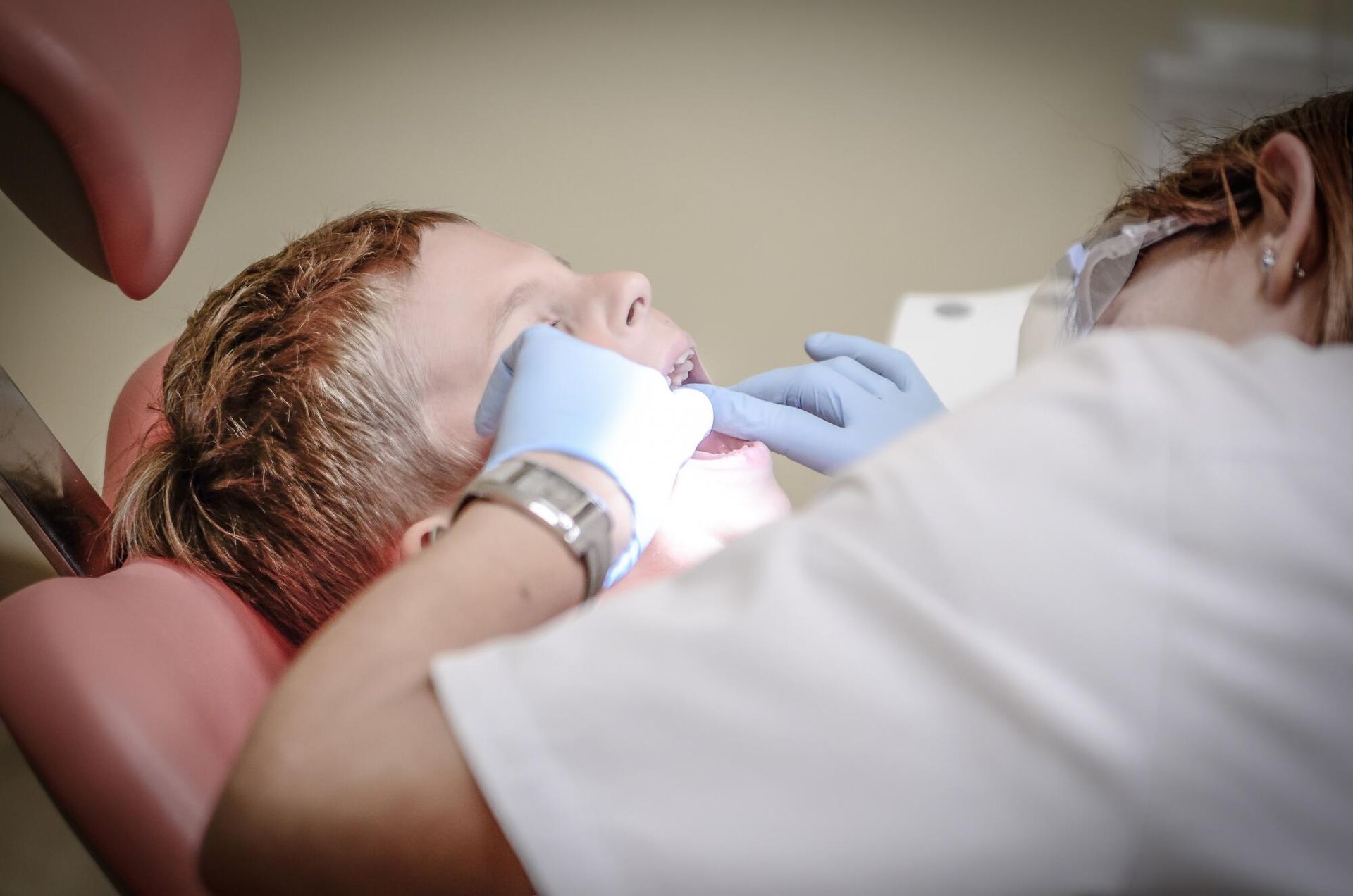

Catoosa Location
Locust Grove Location
Bixby Location
Tulsa Location
Nowata Location
This website and its marketing content are provided exclusively for use by clients of Dental Arts Management, LLC under the terms and conditions of the management services agreement.
All Rights Reserved | Dental Arts
Website Designed & Maintained by Xpress Promotion
918-937-7587
918-276-7318
918-205-7217
918-303-5048
918-393-4083

